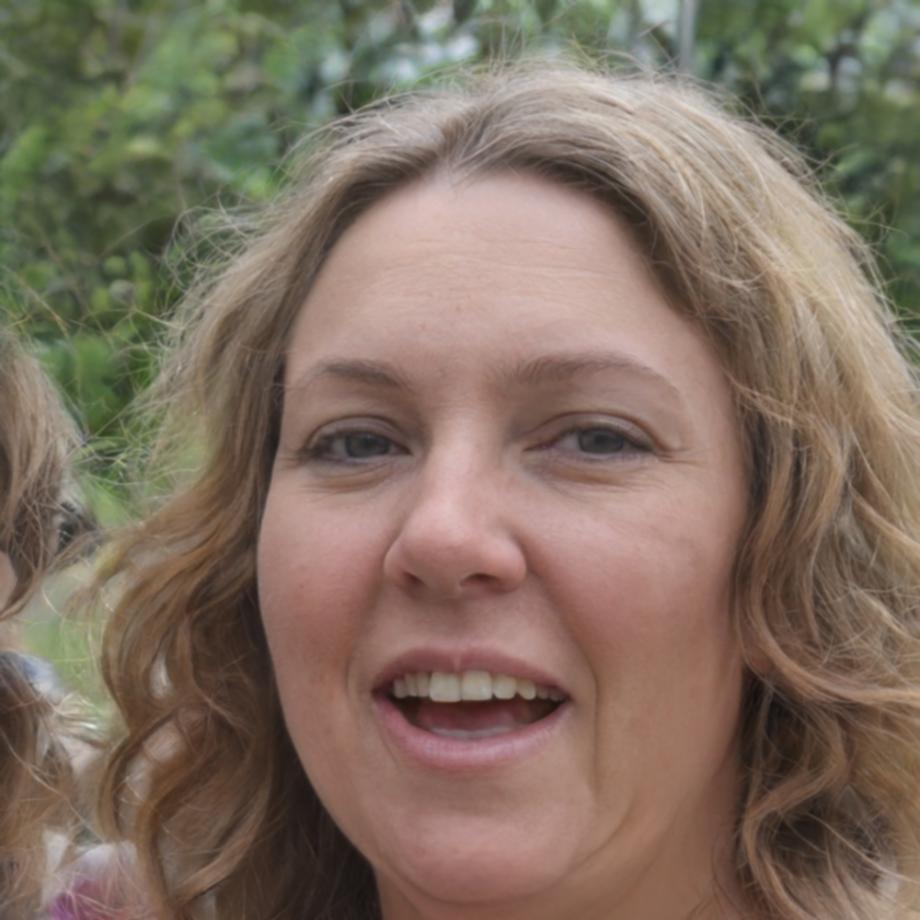Financial Training That Actually Fits Your Business
We've spent years working with teams across Thailand who needed practical financial analysis skills but couldn't afford to pull people away for months. So we built something different—training that adapts to how your business actually operates.

What Makes This Work for Businesses
Most corporate training tries to be everything to everyone. We focus on three things that matter when you're trying to upskill teams without disrupting operations.
Flexible Scheduling
Sessions run between September 2025 and January 2026. Teams can join cohorts that match their project cycles. Some companies prefer intensive two-week blocks, others spread it across quarters.
Real Data Integration
Participants bring actual datasets from your operations. We work through your reporting challenges, not generic case studies. It means messier examples but way better retention.
Team Cohesion
When multiple people from one organization train together, they develop shared analytical language. Makes collaboration much smoother after the program wraps up.
How Teams Progress Through Content
The curriculum builds methodically over twelve weeks. Each phase assumes participants are balancing this with regular job responsibilities.
Foundation Phase (Weeks 1-3)
Getting everyone on the same page with financial statement mechanics and ratio analysis. This moves quickly if your team already has accounting exposure. For groups with mixed backgrounds, we add supplementary sessions.
Tool Proficiency (Weeks 4-6)
Deep work with Excel modeling and our software platform. Lots of repetition here—building dashboards, running scenarios, debugging formulas. Not glamorous but essential for speed later.
Applied Analysis (Weeks 7-9)
Teams tackle multi-dimensional problems using their company data. Forecasting, variance analysis, capital budgeting. The sessions get rowdy because people disagree on methodology—that's when real learning happens.
Capstone Integration (Weeks 10-12)
Groups build comprehensive analytical frameworks for specific business challenges they're facing. Present to leadership if they want. Some companies use these deliverables in actual strategic planning.

What Participants Can Expect to Handle
We're realistic about outcomes. This isn't going to turn accountants into data scientists or vice versa. But teams that complete the program typically gain confidence in several practical areas.
The skill development varies based on starting proficiency. People with strong Excel backgrounds move faster through technical modules. Those with deep domain knowledge contribute better context during case discussions.
- Building financial models that balance accuracy with maintainability
- Identifying meaningful patterns in operational and market data
- Communicating analytical findings to non-technical stakeholders
- Automating repetitive reporting tasks to reclaim capacity
- Questioning assumptions in existing analytical frameworks
How People Applied This Afterward
Results depend heavily on organizational support after training ends. These examples come from participants who had management backing to implement new approaches.

Ketsara Wongprasert
Finance Manager, Manufacturing Company
Our monthly closing process used to take twelve days. After restructuring our workflows with techniques from the program, we're consistently at seven. That extra week matters when leadership wants fast pivots on production decisions.

Pimchanok Ratchakul
Operations Analyst, Logistics Firm
I came in thinking I'd learn fancy modeling tricks. The bigger value was understanding which metrics actually drive decisions versus which ones we track out of habit. We killed six reports nobody used and deepened three that people depend on.